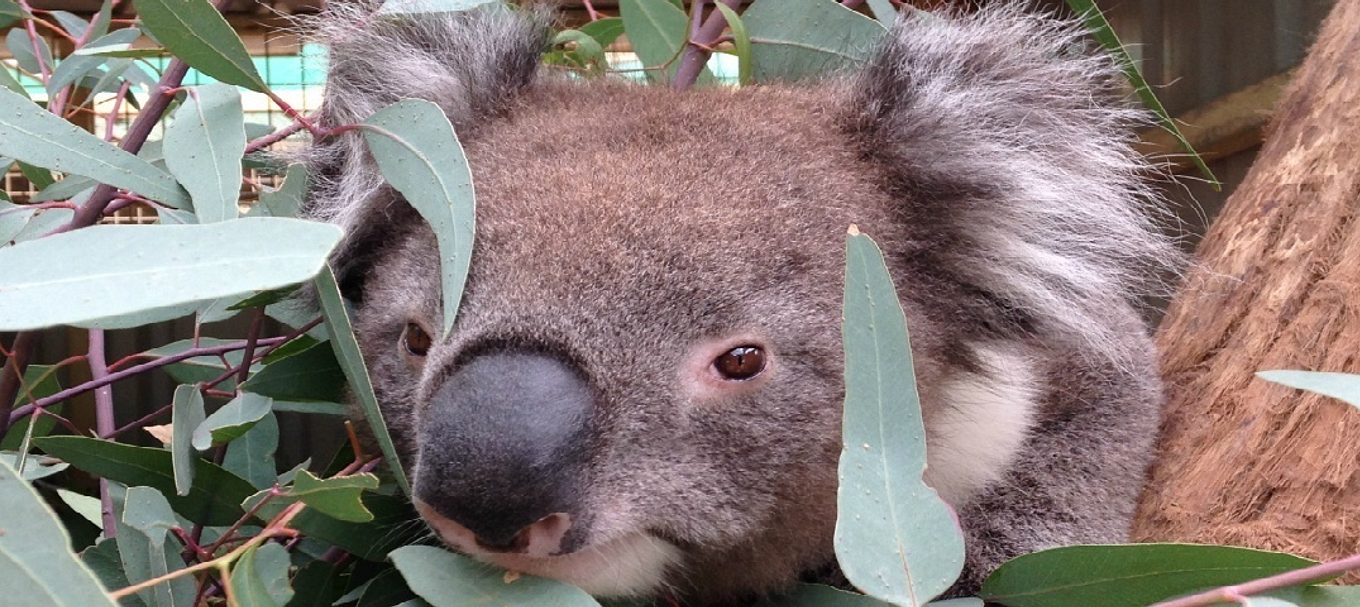
What to do if you see a koala on the move this spring
Spring’s warm weather is perfect for exploring South Australia and it’s also when many of our native wildlife are on the move.
Koalas are at their most mobile in the warmer months, with both sexes looking for mates and young males trying to claim territory.
Unfortunately this is the time of year when we start to see more koalas being hit by cars, so if you’re driving in an area with lots of native trees it’s best to slow down.
Breeding season also means koalas are more vocal, and you might be surprised by what you hear.
Males bellow to let females know they’re around and to warn off competition, so you may hear koalas even if you don’t see them. A male koala bellow sounds like a cross between a pig and a hippopotamus and seems too loud to come from an animal of that size.
Territorial fights between males can also be quite terrifying with a lot of screaming, scratching and biting involved. Just as loud, female koalas can have a piercing squeal.
Spring koala tips
It’s important to keep dogs under control – for the safety of the dog as well as the koala. Although dogs’ teeth can do koalas a lot of harm, koalas have long, strong claws that they will use to defend themselves if threatened which pose real risks for the dog as well.
Koalas regularly visit suburban gardens. If they can get in they can usually get out again unassisted.
As the weather warms up, koalas often sit in non-native trees to control their body temperature. European varieties tend to be cooler than eucalypts.
Males can have a dark mark on their chest – this is a scent gland they use to mark territory and is perfectly normal.
- If you see a koala on the ground for an extended period of time, a koala that appears to be injured, or a young joey without its mother, go on to Google and search for your local fauna rescue group.
Want to know how else you can help native wildlife? Read our blogs: Tips for rescuing injured or orphaned wildlife and How to help native animals in hot weather.
This story was originally published in September 2015.





